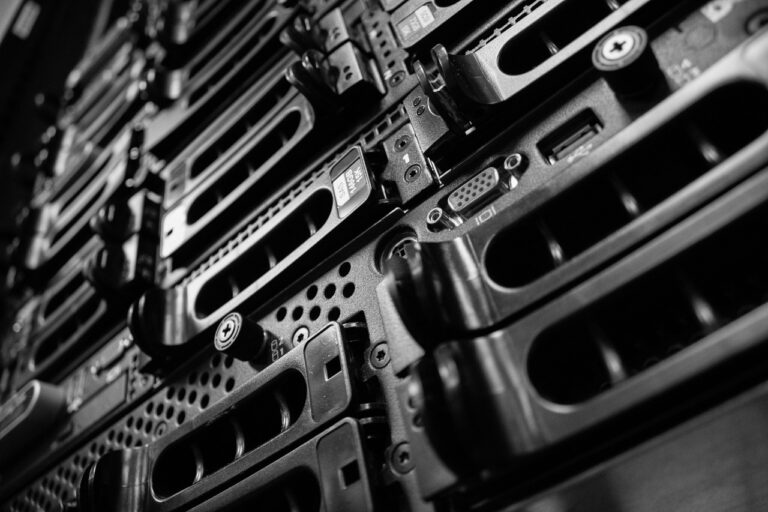The Role of Tech in Disaster Response: Remote Sensing, GIS Mapping, and Volunteer Coordination Platforms
Natural disasters can strike at any moment, leaving behind a trail of destruction and chaos. From hurricanes to earthquakes, tsunamis to wildfires, these events can have devastating effects on communities and their residents. In times of crisis, technology plays a crucial role in providing aid, support, and coordination for disaster response efforts.
Remote Sensing
Remote sensing technologies, such as satellites and drones, play a vital role in disaster response. These tools provide real-time data and imagery that help emergency responders assess the extent of damage, identify areas that need immediate attention, and plan rescue and relief efforts accordingly.
GIS Mapping
Geographic Information Systems (GIS) mapping tools are essential for disaster response teams to visualize and analyze spatial data. By mapping affected areas, identifying critical infrastructure, and coordinating resources, GIS technology enables efficient and effective disaster response operations.
Volunteer Coordination Platforms
During a disaster, volunteers play a crucial role in providing additional support and resources to affected communities. Volunteer coordination platforms leverage technology to connect volunteers with organizations in need of assistance, streamlining the process of recruiting and deploying volunteers to disaster-affected areas.
Real-Time Communication
Effective communication is key during a disaster response operation. Technology facilitates real-time communication between emergency responders, government agencies, non-profit organizations, and affected communities, ensuring timely dissemination of information, resource allocation, and coordination of rescue and relief efforts.
Data Analysis and Predictive Modeling
Advanced data analysis and predictive modeling tools help disaster response teams anticipate the impact of natural disasters, assess risk factors, and develop strategies to mitigate potential damage. By leveraging big data and artificial intelligence, organizations can improve preparedness and response efforts, ultimately saving lives and minimizing destruction.
Collaborative Platforms
Collaborative platforms, such as online forums, social media, and mobile applications, facilitate information sharing, collaboration, and coordination among stakeholders involved in disaster response efforts. These platforms enable real-time updates, resource mobilization, and crowd-sourced solutions to address emerging challenges and gaps in disaster response operations.
Conclusion
Technology continues to revolutionize disaster response efforts, enabling faster, more efficient, and more coordinated responses to natural disasters. By leveraging remote sensing, GIS mapping, volunteer coordination platforms, real-time communication, data analysis, predictive modeling, and collaborative platforms, organizations can better prepare for, respond to, and recover from disasters, ultimately saving lives and rebuilding communities.
FAQs
Q: How do remote sensing technologies help in disaster response?
A: Remote sensing technologies provide real-time data and imagery to assess damage, identify critical areas, and plan response efforts.
Q: What is the role of GIS mapping in disaster response?
A: GIS mapping tools help visualize spatial data, coordinate resources, and optimize response efforts during disasters.
Q: How do volunteer coordination platforms benefit disaster response operations?
A: Volunteer coordination platforms connect volunteers with organizations in need of assistance, streamlining the recruitment and deployment process.
Q: Why is real-time communication essential in disaster response?
A: Real-time communication enables timely information dissemination, resource allocation, and coordination of rescue and relief efforts during disasters.





